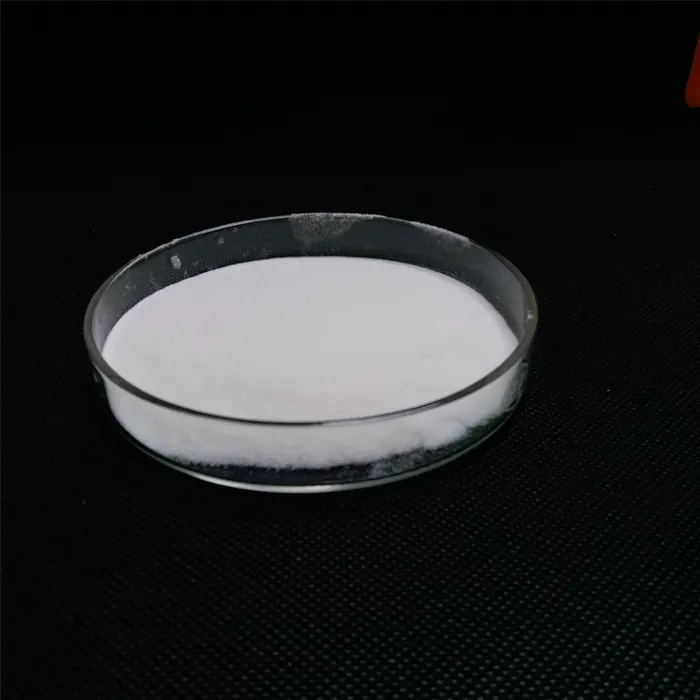Light Stabilizers for Plastics An Essential Component for Longevity and Durability
In the realm of material science and engineering, the quest for durability and longevity in plastics has led to the development of light stabilizers. These additives play a crucial role in ensuring that plastic products retain their integrity and aesthetic appeal when exposed to light, particularly ultraviolet (UV) radiation. As plastics are ubiquitous in various applications—ranging from consumer goods and automotive components to building materials—the significance of light stabilizers cannot be overstated.
Light Stabilizers for Plastics An Essential Component for Longevity and Durability
There are several types of light stabilizers available, each with its unique mechanism of action. UV absorbers, for instance, absorb harmful UV radiation and convert it into less harmful thermal energy. Commonly used UV absorbers include benzotriazoles and benzophenones, which are effective in prolonging the lifespan of plastics used outdoors, such as in outdoor furniture and automotive exteriors.
light stabilizers for plastics

On the other hand, hindered amine light stabilizers (HALS) provide an additional layer of protection. HALS do not absorb UV light but instead scavenge free radicals that are generated during the photo-degradation process. By neutralizing these free radicals, HALS inhibit the chain reaction that leads to plastic degradation. This unique mechanism makes HALS particularly effective in extending the life of plastic products prone to significant UV exposure.
The incorporation of light stabilizers into plastic formulations is not merely a precaution; it is a necessity for enhancing product performance. For instance, in the automotive industry, light stabilizers help maintain the color and surface finish of car parts exposed to sunlight. In construction, they ensure the longevity of plastics used in roofing, siding, and windows, which are constantly subjected to harsh environmental conditions.
Moreover, environmental regulations and consumer awareness regarding sustainability have propelled the demand for more eco-friendly light stabilizers. Manufacturers are increasingly exploring bio-based and non-toxic alternatives that provide similar protective effects without compromising environmental integrity. This shift not only meets regulatory standards but also caters to the growing market of environmentally conscious consumers.
In conclusion, light stabilizers for plastics are indispensable additives that enhance the durability and longevity of these materials. As industries continue to innovate and evolve, the role of light stabilizers will remain pivotal in ensuring that plastic products withstand the test of time while maintaining their functionality and appearance. The ongoing research and development in this field promise to yield even more advanced stabilizers, further enhancing the resilience of plastics in a rapidly changing world. By investing in light stabilizers, manufacturers can improve product performance, reduce waste, and contribute to a more sustainable future.

